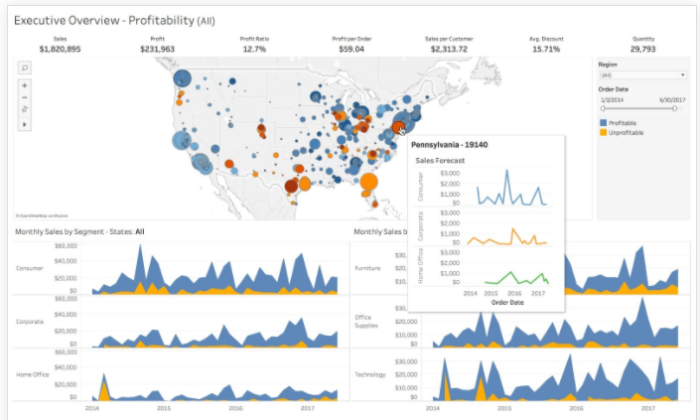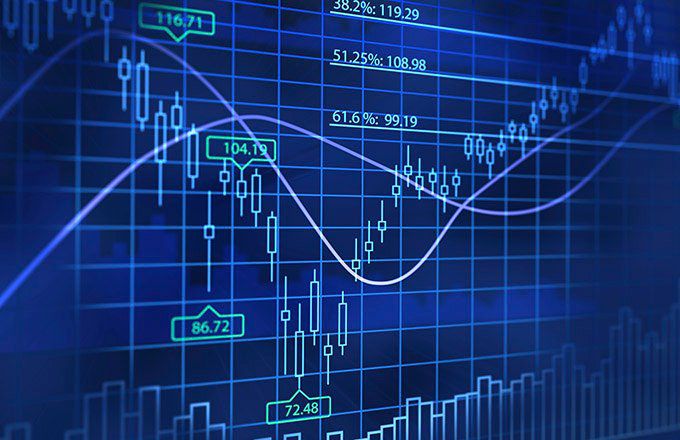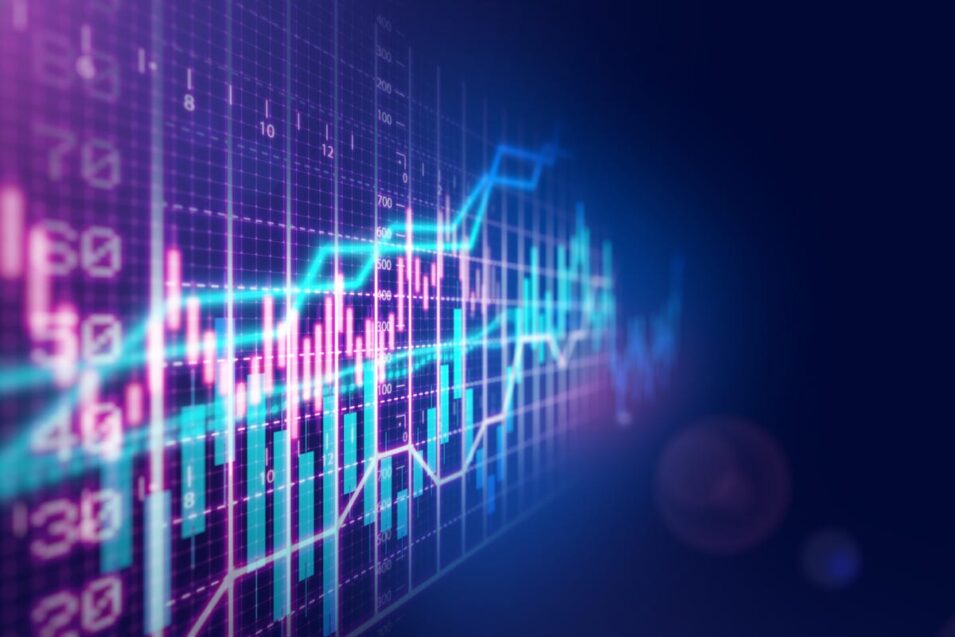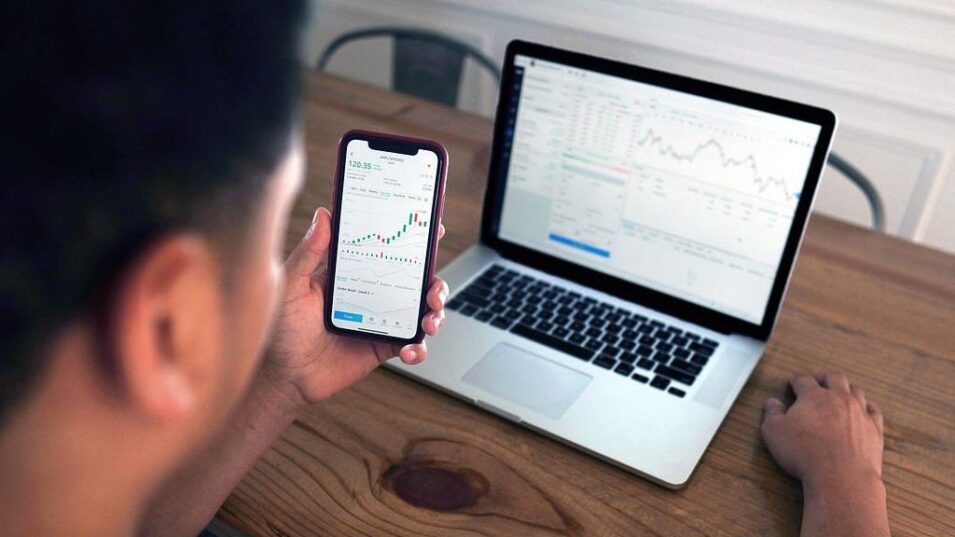Trade has been a feature of human civilization for thousands of years. People used to trade commodities and services for other things and services in ancient times. This has grown into a sophisticated system of purchasing and selling financial assets such as stocks, bonds, currencies, and commodities, but it also has grown increasingly accessible to ordinary investors and traders as technology and the internet have advanced, allowing people to engage in global markets from anywhere in the globe.
While trading may be a rewarding hobby, and how much you can check out at tradingforexsites.com, it is also extremely competitive and takes a great amount of knowledge, talent, and experience. Advanced trading methods are tools and tactics that traders may employ to obtain an advantage in the markets and boost their chances of success. These methods entail employing advanced analysis tools and trading algorithms to discover and execute lucrative deals.
We will look at some of the most common trading methods utilized by traders today, such as Charting, Technical Analysis, Algorithmic Trading, High-Frequency Trading, Quantitative Trading, Options Trading, Spread Trading, and Event-Driven Trading. We will touch on the history and evolution of trading, as well as where it is today and how traders may use these sophisticated strategies to attain their financial objectives. By the end, you will have a greater grasp of the sophisticated tools and strategies utilized by experienced traders, as well as how to use them to gain an advantage in the markets.
History of Trading
Trade has existed for ages, with traces of commercial activities extending back to ancient civilizations. The earliest known occurrence of commerce happened in the 14th century in Belgium, where merchants gathered to exchange products and services. Trading grew increasingly structured over time, with traders convening in markets to exchange products and services. As trading progressed, it grew to encompass financial items such as stocks and bonds.
Traders depended on personal relationships and intuition to make transactions in the early days of trading since the information was limited. However, this has grown more accessible with the development of technology and the internet, and information is now easily available to anybody with an internet connection. As a result, trading has evolved into a highly complex sector, with sophisticated strategies and instruments accessible to everyone seeking a competitive advantage in the markets.
Charting

Traders use charting to visualize market data and discover patterns. Charts are graphical representations of market data that may be used to analyse price fluctuations, volume, and other indications. There are several kinds available, including line charts, bar charts, and candlestick charts.
Line charts are the most basic sort of chart, and they display the closing values of an item over time. Bar charts are more complicated and indicate the opening, high, low, and closing values of an asset over a specific period. Candlestick charts are the most common style of chart, and they display the opening, high, low, and closing values of an asset in a candlestick shape.
Market patterns, such as uptrends, downtrends, and sideways movements, may be identified this way. This information can help traders make educated judgments about when to purchase and sell assets. Charting is a critical tool for technical analysis, as we shall see in the following section.
Technical Analysis

Technical analysis is a trading approach that involves analyzing market data and identifying patterns that may be utilized to make informed trading decisions. Technical analysis is predicated on the notion that market data, such as price movements and volume, may be utilized to forecast future price changes.
Traders can employ a variety of technical indicators, including moving averages, the relative strength index (RSI), and Fibonacci retracements. Moving averages are used to detect market trends, whereas RSI is used to assess the strength of a trend. Fibonacci retracements are used to determine possible market support and resistance levels.
Technical analysis is a highly subjective profession in which different traders interpret the same data in various ways. Traders may obtain a better knowledge of the market and make more educated trading decisions by combining technical analysis with other tools like charting and fundamental research.
Advanced Trading Techniques

In addition to charting and technical analysis, traders can utilize a variety of sophisticated trading strategies to acquire a competitive advantage in the markets. These are some examples:
1. Algorithmic Trading
Algorithmic trading is the automated execution of transactions using computer algorithms. Algorithms can be developed to assess market data and execute trades according to predefined criteria. This allows traders to execute deals more rapidly and efficiently than they might otherwise. Algorithmic trading may also be used for high-frequency trading, which is making a large number of deals in a short amount of time.
2. High-Frequency Trading
High-frequency trading (HFT) is a sort of algorithmic trading that includes completing a high number of deals in a very short period, frequently in milliseconds. HFT businesses utilize complex algorithms and high-speed connections to execute transactions quicker than other market players. It can be utilized to exploit slight pricing differences in the market that other market players may miss.
3. Quantitative Trading
The use of mathematical models to assess market data and discover trading opportunities is known as quantitative trading. Quantitative traders construct models that forecast future price movements using statistical analysis, machine learning, and other approaches. This type of trading may be used in a variety of tactics, including trend following, mean reversion, and statistical arbitrage.
4. Options Trading
Buying and selling options contracts is a sort of trading. Option contracts provide the holder with the right, but not the duty, to purchase or sell an underlying asset at a particular price and time. Trading options can be used to protect against market risks or to speculate on market fluctuations. Options trading may be difficult for some, meaning that traders must grasp options pricing and volatility very seriously.
5. Spread Trading
Spread trading is the simultaneous purchase and sale of two connected assets to benefit from the price difference. Spread trading can be used to profit from market inefficiencies or to mitigate market risks. This trading may be used to trade a variety of assets such as stocks, bonds, currencies, and commodities.
6. Event-Driven Trading
Trading based on market events such as earnings releases, news announcements, and economic data is known as event-driven trading. Fundamental analysis is used by event-driven traders to analyse market occurrences and spot trading opportunities. Event-driven trading can be utilized to profit from short-term price swings following market occurrences.










